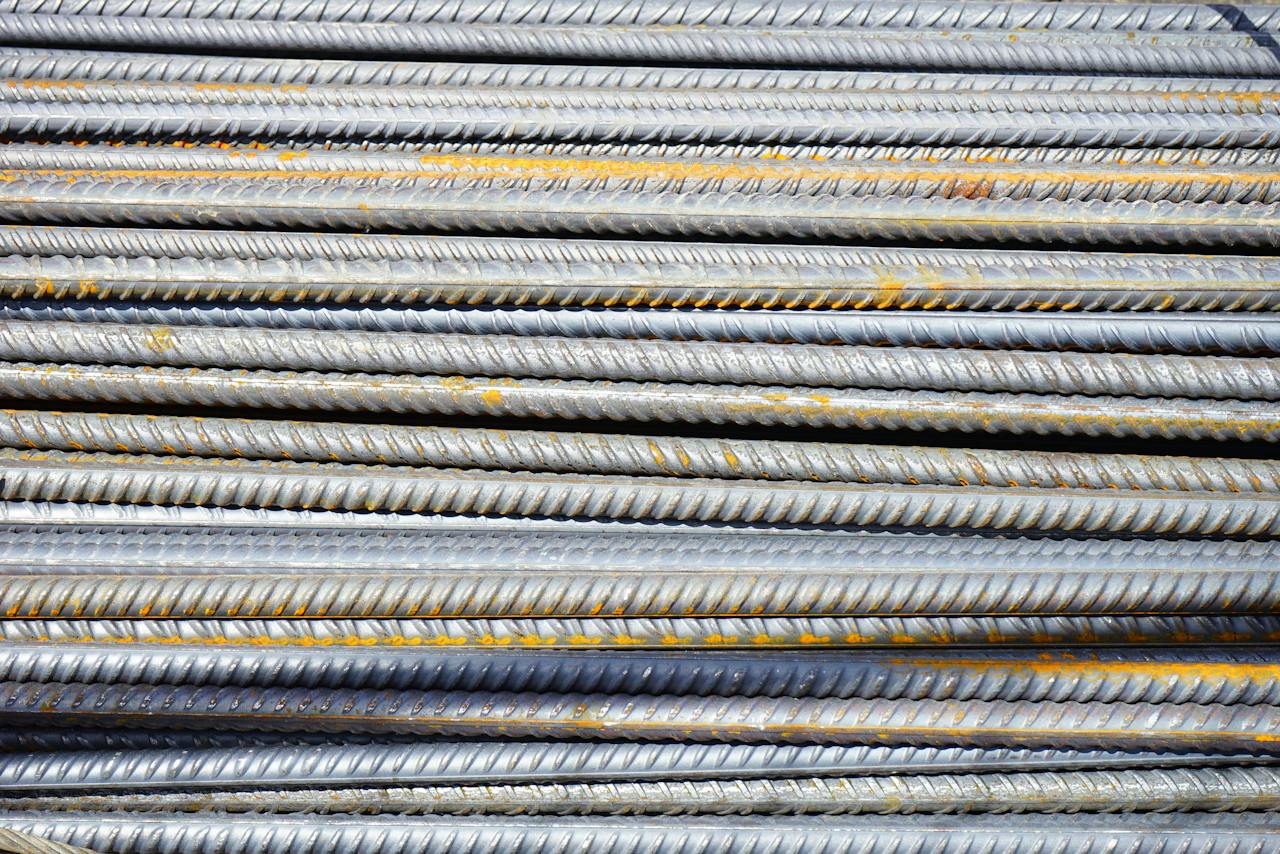The Evolution of the Steel Industry Through the Centuries
Major constructions and large parts of the manufacturing process alike all deal with huge quantities of steel in their production and even though steel is such an influential component of modern life, you may well be wondering how this became to be.
So, with this in mind, continue reading for a brief yet informative guide to the evolution of the steel industry through the centuries.
Steel: The Beginnings
As far as historians, scientists, and professional researchers can establish, the beginnings of steel and the essential invention of the material can be traced back to the middle of the thirteenth century.
Essentially, these early, talented, and indeed, forward-thinking blacksmiths of the time realized that iron not only became harder and more durable, not to mention substantially stronger, when it was left in coal furnaces and carbon was introduced.
In ancient India, around the sixth century BC, Wootz steel was born, which was basically when Southern Indian craftsmen smelted wrought iron combined with charcoal using crucibles. Wootz steel is still admired, and even though this actual type of steel is no longer used in modern-day production, many forms of steel have their basis here.
The Fourth to the Eighteenth Century: The Development of Steel
One of the overarching positive features of steel, and indeed, one of the primary reasons why steel is such a popular material for construction across the world, is that it’s resistant to rust.
The oldest surviving example of a structure composed fundamentally from steel is the Iron Pillar of Delhi, which was erected around the year 402 and weighs over six tons, with a number of inscriptions dated from many different periods of history. Many years later, in the eleventh century, Damascus steel was created, which was essentially used to produce effective and highly dangerous blades, which were both shatter-resistant and extremely sharp.
By the end of the twelfth century, it might surprise you to learn that Sri Lanka was actually the world’s largest producer of steel and over the next few hundred years, steel became more and more valuable, only being produced for small scale projects and still being used in the world of armory.
The Popularization of Steel
In 1740, the English inventor and entrepreneur Benjamin Huntsman developed the crucible steel technique, and fifty years later, another Englishman by the name of Henry Cort invented the steel roller for use in the production of steel.
By the middle of the eighteenth century, steel was being used in large construction projects, namely in the United States, for projects such as the world’s first skyscraper made from steel, the Home Insurance Building in Chicago, and the Brooklyn Bridge.
From 1912 and with Englishman Harry Brearly’s invention of stainless steel, developments and projects created with steel and stainless steel became widely used and now represent a great many of the most famous structures in the modern world.
Sustainable Production of Steel
Fortunately, large national and multinational companies are now making a concerted effort to clean up the steel industry, both from inside the sector and through government research grants, in order for steel production to have a more positive and less damaging effect on the environment.













Leave a Reply
Want to join the discussion?Feel free to contribute!